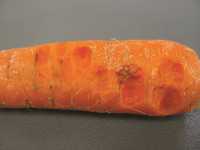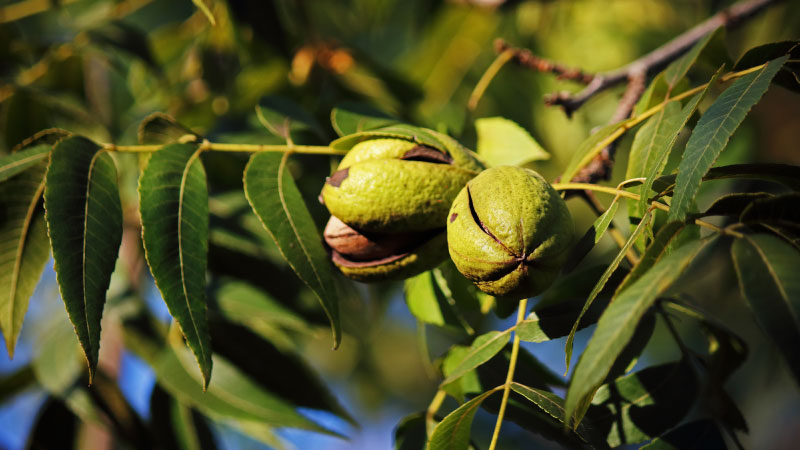Harvest And Postharvest Techniques To Prevent Bacterial Soft Rot in Vegetables

Producing a healthy crop obviously is of the utmost importance to vegetable growers, and among the key factors necessary to get quality produce to market is the care taken from harvest to packing.
One problem experienced by growers of tomatoes, potatoes, and others is the postharvest attack of the bacterium Erwinia sp., known otherwise as bacterial soft rot. Soft rot can become a serious issue, particularly when care is not taken to prevent bruising, etc. during harvest and proper postharvest food safety practices are not adhered to in packing areas.
In addition to proper postharvest handling, having the adequate levels of nutrients in the plants while they are growing in the field — especially calcium — is important for reducing the effects of this bacteria. It is reported that in warm, humid climates, bacteria can affect the inside of stems and the epidermis.
One of the first crops attacked by bacterial soft rot is tomatoes. Four species of bacteria are known to cause infection. In addition to tomatoes, the bacterium has been reported on other crops as well, such as potatoes, peppers, carrot, lettuce, cabbage, and onion.
Soft Rot Symptoms
Many symptoms will help growers identify soft rot in their fields. Specifically, infected fruit show soft, odiferous lesions. The spots are small, sunken areas that are watery in appearance. These injuries range from a light to slightly darker color and are related to the natural openings or wounds in the fruit. There may be a characteristic discharge coming from the wound that is made up of millions of bacteria.
Erwinia can affect roots and stems, causing darkening of the tissues. The bacteria in potatoes is called blackleg, and can cause plant death.
Survival Of The Pathogens
What makes soft rot critical to control is that bacteria can survive on vegetables in various parts of the plants and also has the ability to live in low populations in the soil and water.
It is important to note that this strain cannot penetrate the plant; it
can only enter through a previously sustained wound or natural opening in the tissues. During handling, if bruises and wounds occur, and if the water is not disinfected well, the pathogens can enter the fruit.
In potatoes, the main source of inoculum is from the seed tuber, machinery that has been in the field, and irrigation water. The bacteria is active when conditions are favorable for pathogen growth and development — excess moisture, poor aeration, damaged tissues, and a high presence of inoculum.










